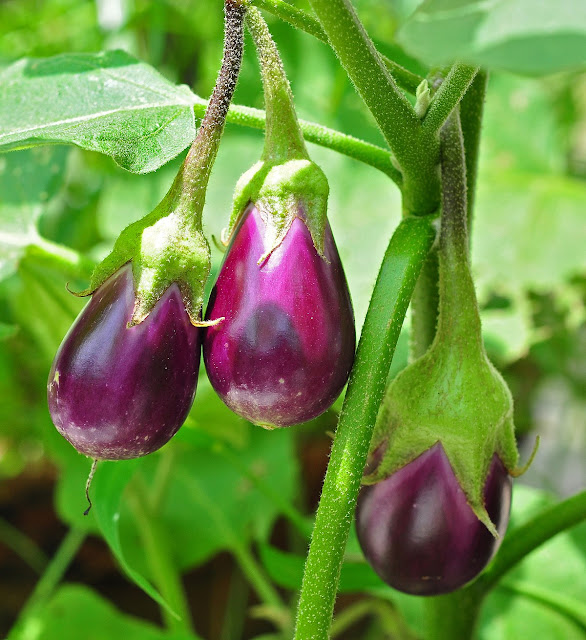Black Gram/urad - Health benefits, application, chemical constituents, side effects and many more

Black Gram/urad Black gram originated in South Asia, where it has been in cultivation from ancient times and is one of the most highly prized pulses of India. It is very widely used in Indian cuisine . In India the Black gram is one of the important pulses grown in both Kharif and Rabi seasons. It possess Antioxidant emollient, thermogenic, diuretic, aphrodisiac, nutritious, galactogauge, appetizer, laxative, styptic properties. Click here for more information about Antioxidants and Free radicals It has different names in different languages such as English Name (Black gram, Mungo bean, Urad bean), Marathi Name (Urad dal), Hindi Name (Udad, Udid, Urad, Urid, Urdi), Sanskrit Name (Masha), Gujarati Name (Adad, Alad), Bengali Name (Masha kalaay, Mashkalai dal), Tamil Name (Ulundu, Uluntu), ...



